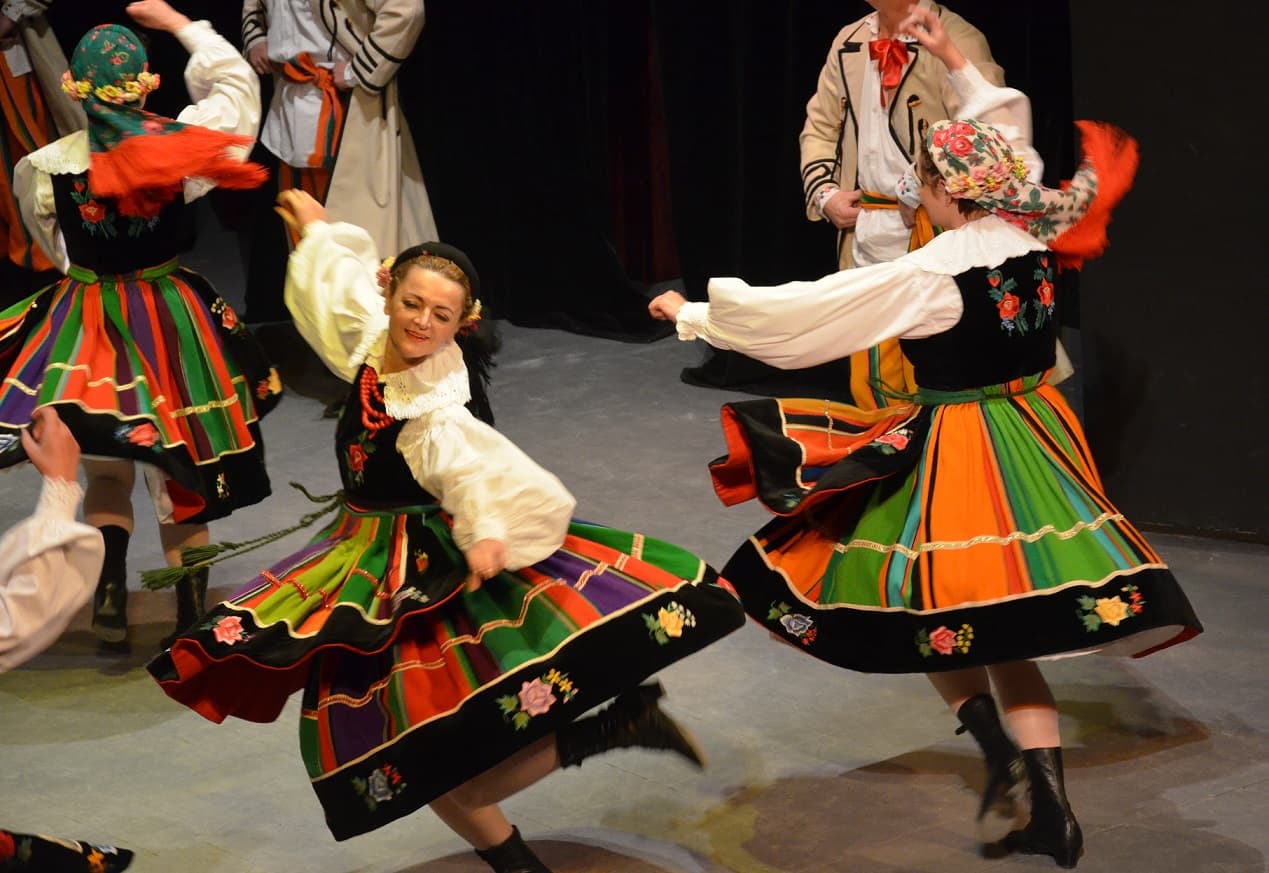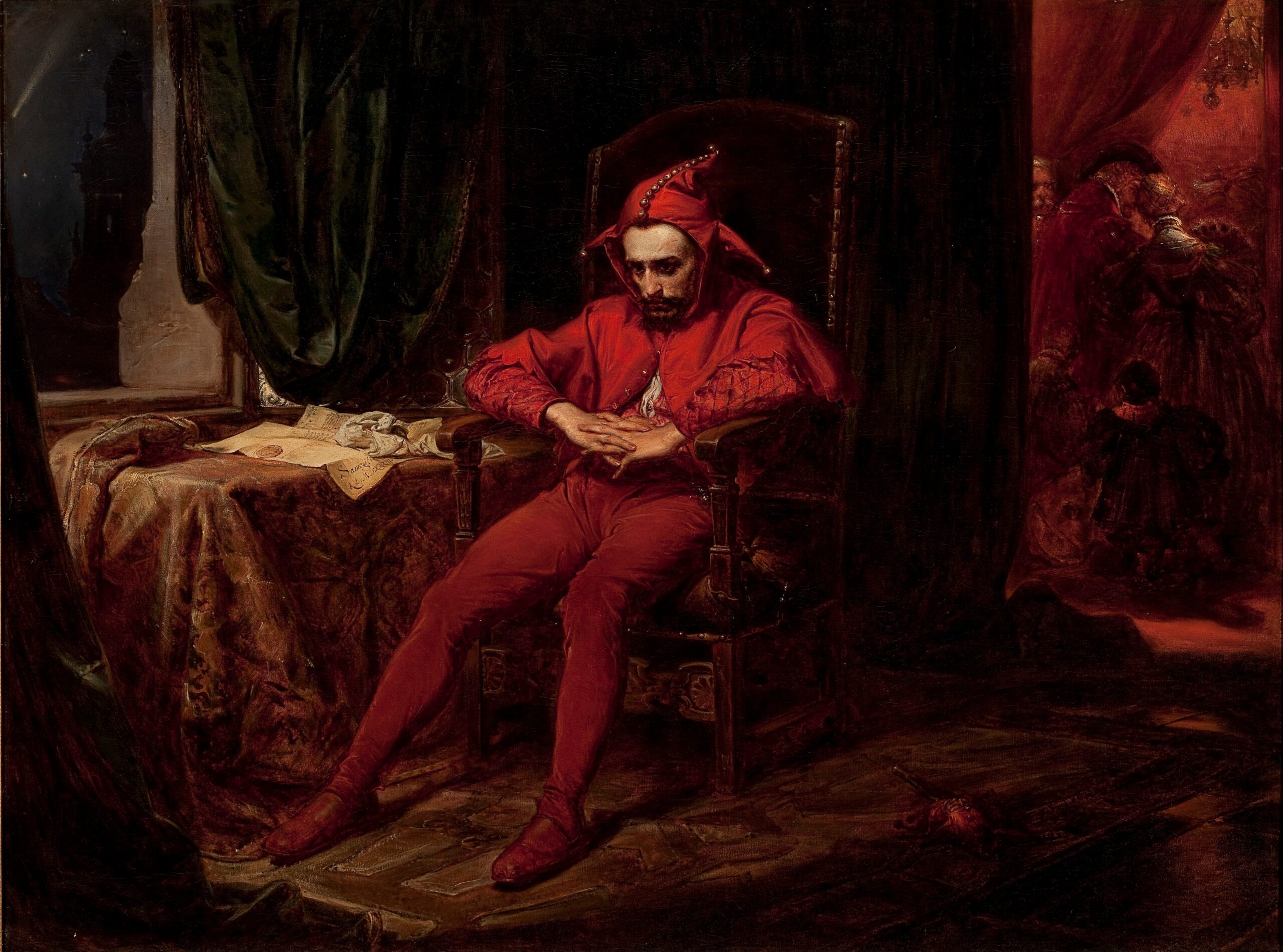Polish Culture
Poland can boast over 1000 years of culture and traditions, which are nurtured by successive generations. You can discover Slavic, Russian, German, as well as Italian, Eastern European and even Middle Eastern influences.

We are strongly attached to tradition and like to maintain old customs. The relationship with tradition is most strongly felt by Poles during the celebration of major holidays such as Christmas, Easter, All Saints’ Day and Corpus Christi. Poles celebrate a number of national holidays, including the anniversary of regaining independence – November 11, 1918, Labor Day on May 1 and Constitution Day on May 3. An occasion to celebrate is also called Andrzejki, the last chance to have fun before Advent, when it is customary to foretell the coming year. The most popular are fortune-telling with hot wax. Carnival is the most fun-filled time of the year, when balls, masquerades and other games are organized. It starts on January 6 and ends on Ash Wednesday.

Poland can be proud of its rich collections of literature, painting and other forms of art, which were collected over the centuries. These include texts by Sienkiewicz, Kochanowski, Rej, Krasicki, Krasinski, Boleslaw Prus, and Orzeszkowa. Among painters, Jan Matejko occupies an important place in our cultural history.

Polish folk dances are very colorful and although not always appreciated in Poland, they make a big impression abroad. They are also often part of folk and thematic events. The most popular Polish folk dances include: oberek, kujawiak, krakowiak and mazurka.
